BoE MPC member Megan Greene expressed concerns today during a seminar about the economic repercussions of ongoing tensions in the Middle East. Highlighting the region’s significance, Greene pointed out the risks associated with an energy price shock and other supply side disruptions, which could complicate the inflationary landscape further.
“I do think that what’s going on in the Middle East does pose a risk,” Greene remarked. “I’m worried about the sort of an energy price shock and other supply side shock, which obviously follow a number of supply side shocks we’ve seen over the past couple of years, and what that might do to inflation expectations.”
Greene also addressed the challenges involved in reducing inflation to the Bank’s target of 2%, noting that the final steps in this process are particularly challenging. “The ‘last mile’ of the journey towards hitting the 2% inflation target was the hardest part,” she stated.




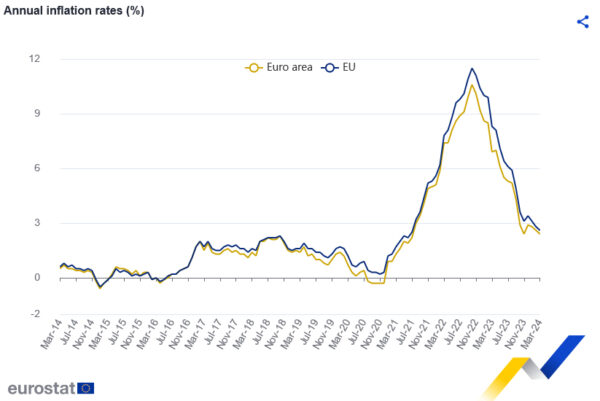
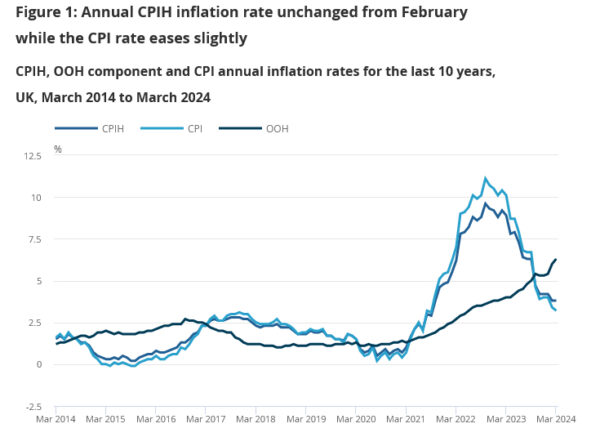
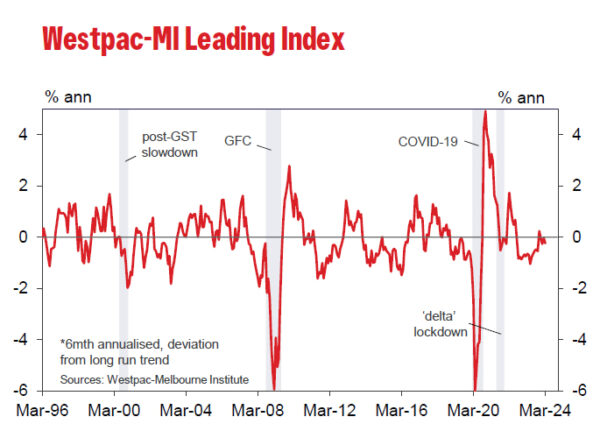
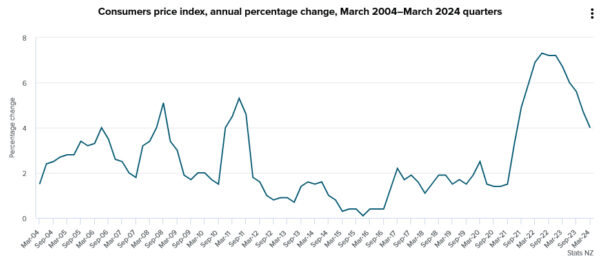
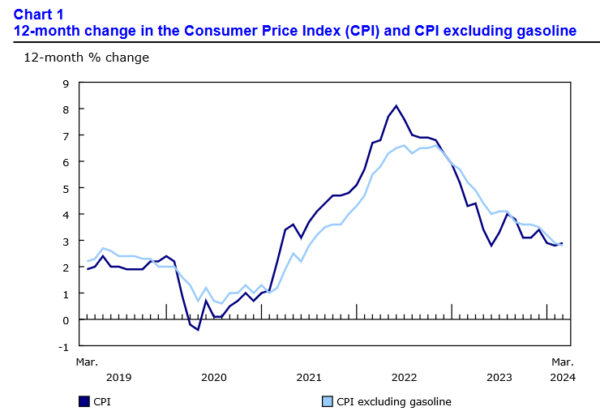
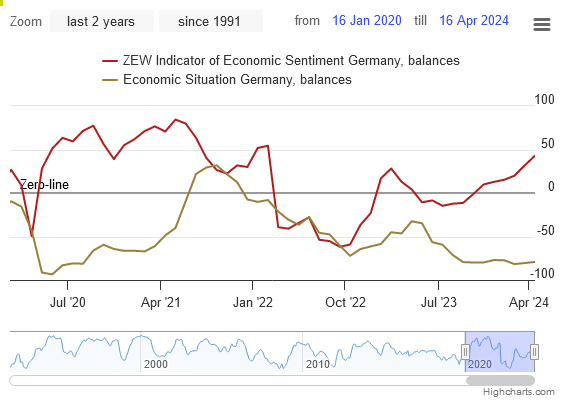
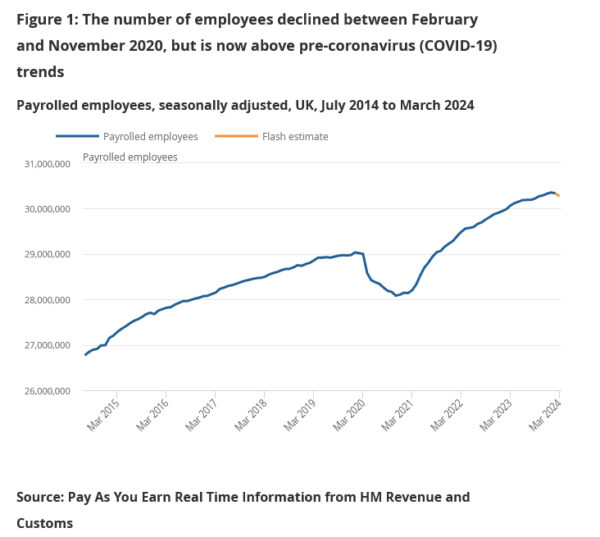
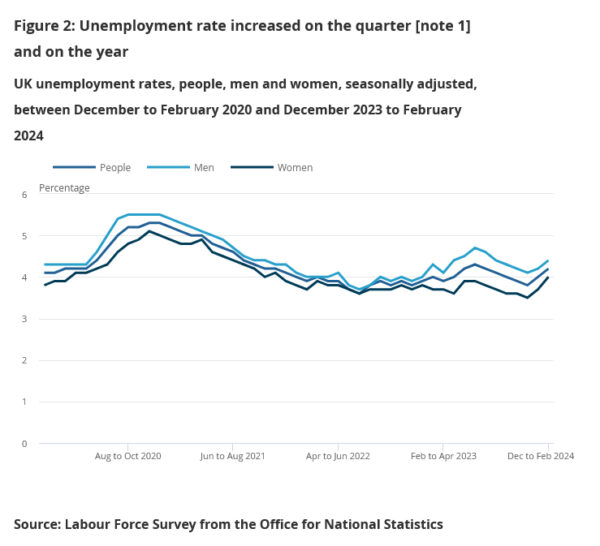
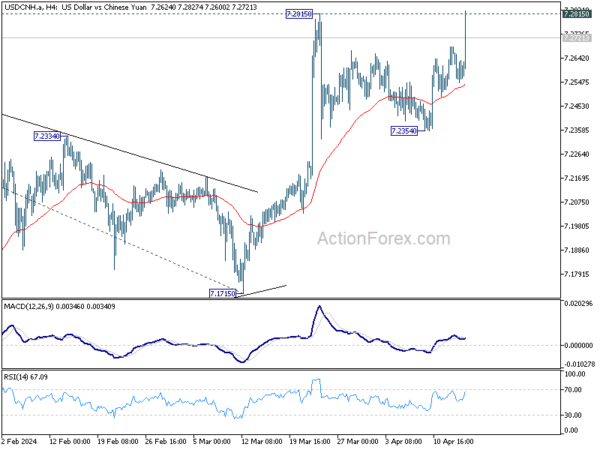
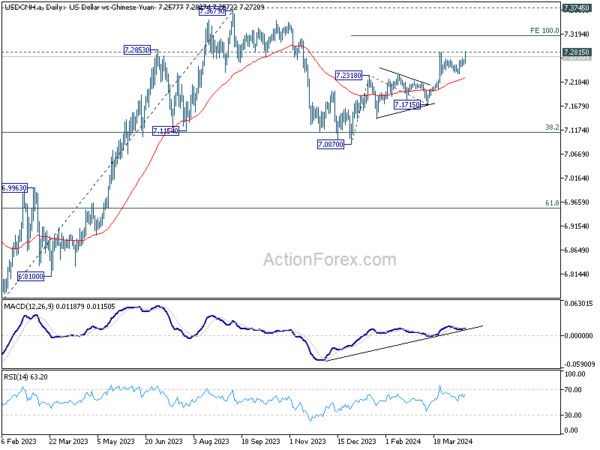
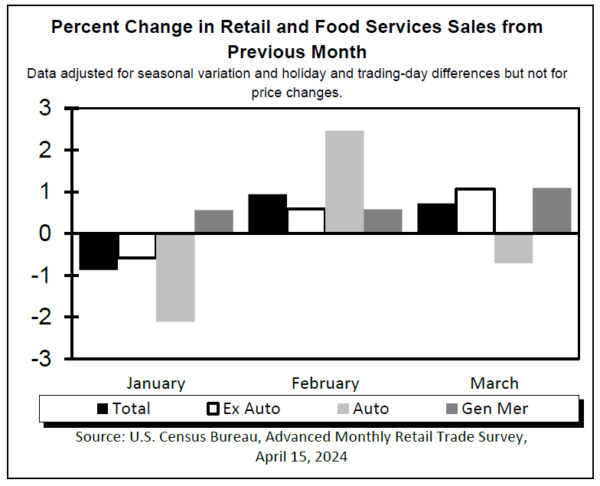

ECB’s Cipollone to consider easing if June and July data confirm inflation progress
During a conference today, ECB Executive Board member Piero Cipollone emphasized the importance of incoming data in the months of June and July in shaping ECB’s approach to ease its current restrictive measures.
“If we see that the incoming data…will confirm our confidence that inflation is really (moving) to target, it will be appropriate to remove some of the restriction that we put in place,” he stated.
However, Cipollone also expressed concerns regarding the volatility in the commodity markets, particularly the price of oil, which poses a significant risk to inflation. As Eurozone is a large, open economy with substantial dependence on energy imports, fluctuations in oil prices remain a major concern for ECB.